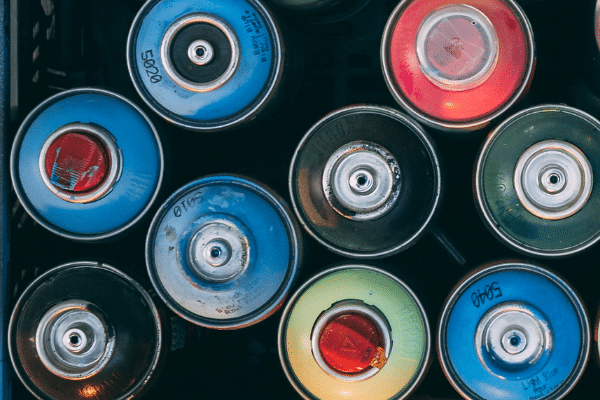Liquid penetrant testing for detecting surface breakage defects in materials is one of the most widely used and cost-effective non-destructive testing methods. In this article, we explain what it is, pros and cons and how a liquid penetrant test is performed.
What is a liquid penetrant test?
It is a non-destructive analytical method used to detect surface discontinuities in materials, such as cracks, fractures, porosity, overlaps or joint defects.
Liquid penetrant testing can be performed on any solid, non-porous material, such as metals, ceramics or plastics. It is commonly used to detect defects in castings, forgings and welded parts, for example, to discover flaws in corrosion tests on materials. In addition, it is a test that is carried out in practically any industrial sector, such as energy, aerospace or petrochemicals, among others.
How a liquid penetrant test is performed
It is based on a very simple principle of capillary action. It consists in that the low surface tension fluid manages to penetrate the discontinuous, clean and dry defects that break the surface. There are different ways of applying the penetrating fluid, either by dipping, spraying or brushing. Once the excess liquid is removed, a developer is applied that reveals where the flaw is located, thanks to an ultraviolet light. Let’s take a closer look at the steps:
1. Cleaning the test material
First, the surface to be tested for penetrant testing must be cleaned to remove any dirt, paint, grease or other debris that prevents penetration of the liquid. Cleaning methods may include solvents, alkaline cleaning, steam degreasing or sandblasting.
2. Penetrating liquid application
The second step is to apply the liquid penetrant to the surface of the material. It is then left to act for a period of time, generally between 5 and 30 minutes, depending on the material to be analyzed. Penetrants are classified according to their level of sensitivity. For this reason, factors such as the surface finish or the size of the test piece must be taken into account when selecting a particular penetrant.
3. Removal of excess penetrating liquid
The third step is the removal of excess penetrant, which depends on the type of penetrant used. The most common options are washing with water, removing it with solvent, using a lipophilic post-emulsifier or a hydrophilic post-emulsifier. However, it should be noted that if the excess penetrant is not properly removed after the developer is applied, it can leave a background in the developed area that masks defects or creates false indications. For example, when using solvent remover, it is important not to spray the solvent on the test surface directly, as this may remove the penetrant liquid from the defects.
4. Application of the developer
Once the excess penetrant has been removed, a developer is applied to the sample. There are several types of developers such as non-aqueous wet, dry powder, water-suspendable or water-soluble developers. Their choice will depend mainly on two factors: the compatibility of the penetrant and the inspection conditions. For example, when using a non-aqueous wet developer or dry powder, the sample must be dried before application. In contrast, soluble or suspendible developers are applied while the test piece is still wet. The developer works by drawing the penetrating liquid from the defects to the surface to form a visible indication. In this way, the areas that are dislodged can indicate the location, orientation and possible types of surface defects.
5. Failure inspection
The inspection of the flaw in the material will be performed thanks to a light with the appropriate intensity to make visible the dye penetrant or ultraviolet radiation in tests with fluorescent penetrants. In this way, it will be possible to identify the faults as, for example, in the case of detection of defects in aluminum pipes, clean the surface and go on to implement the solutions.
Advantages of liquid penetrant testing
Although it is true that this method can present certain problems in the case of materials with a somewhat porous surface or not being cleaned optimally, we must point out that it is a test method that has great advantages. Some of the main ones are the following:
- It presents a high degree of sensitivity, since it allows the detection of small discontinuities.
- Applicable in a wide variety of non-porous materials.
- It can be performed on large volume and surface materials.
- Suitable for parts with complex shapes.
- It is a low cost test.
In short, the liquid penetrant test is a non-destructive, economical and effective method, applicable to a wide range of industrial materials and really useful when it comes to identifying failures. If you need a team of professionals with extensive experience to perform a materials test and provide you with innovative solutions, do not hesitate to contact Infinitia.





